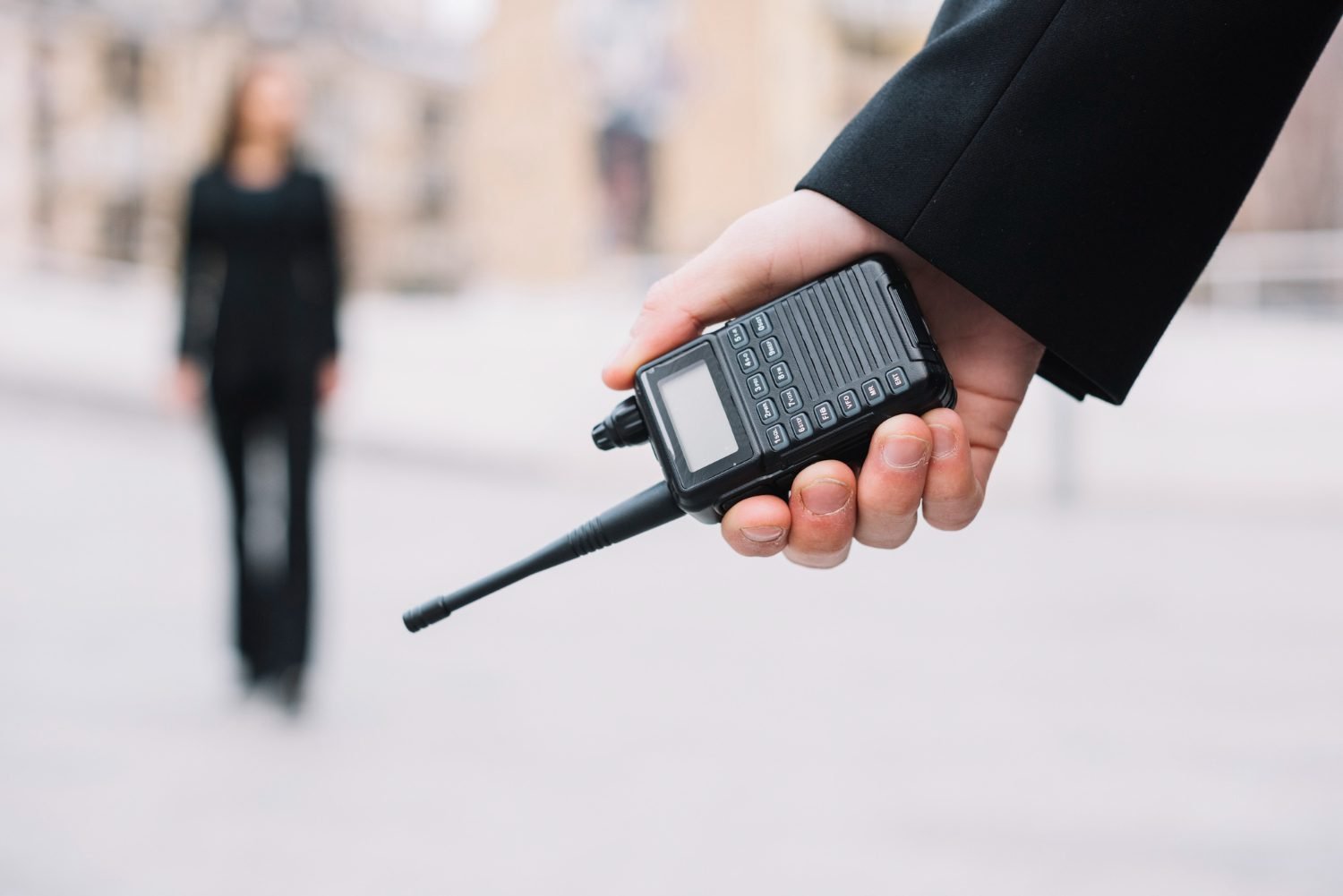Technology Behind Walkie-Talkies That Survive Cellular Failures
- 0.1 No Towers. No Signal. No Problem.
- 0.2 VHF vs. UHF: The OG Frequencies Still Rock
- 0.3 Modern Hybrids: Smarter Than They Look
- 0.4 Mesh Networking: Radios That Talk Behind Your Back (In a Good Way)
- 0.5 Built for Chaos: Rugged, Reliable, Battery-Sipping Beasts
- 0.6 Final Word: Who’s Got Your Back When the Grid Goes Down?
The cell towers went down six minutes ago. You didn’t even notice.
You were too busy yelling into your phone, waving it around like a wand, hoping for a bar.
Nope. No signal. No texts. No rescue.
Meanwhile, across the job site, someone calmly pushes a button and says:
“Still with me?”
Crystal clear.
If you’ve ever wondered whether a walkie-talkie can survive a network crash, the answer is yes. The real question is—how?
No Towers. No Signal. No Problem.
Let’s start with the obvious: walkie-talkies don’t need a cell tower to function.
They use direct radio-to-radio transmission. That means your message goes straight from Device A to Device B without asking permission from a cell carrier, satellite, or app.
No servers. No subscriptions. No middlemen.
It’s you, your team, and the airwaves. Beautifully simple. And remarkably dependable when everything else falls apart.
VHF vs. UHF: The OG Frequencies Still Rock
Walkie-talkies operate on radio frequencies like VHF (Very High Frequency) and UHF (Ultra High Frequency). They’ve been around forever. And for good reason.
- VHF likes wide open spaces—fields, valleys, lakes.
- UHF prefers tight spots—buildings, urban mazes, concrete jungles.
These frequencies don’t care about cellular congestion or if the power grid’s down. They’re old-school. Rugged. Gloriously analog.
Think of them like vinyl records. They may not be flashy, but they work when you need them most.
Modern Hybrids: Smarter Than They Look
Not all walkie-talkies are stuck in the past, though.
Many newer models come with LTE Push-to-Talk for wide-area communication—using cell networks when available. But here’s the kicker:
When those networks vanish? They automatically switch to standard radio mode.
That’s right. They’re built for dual realities:
- LTE when you’ve got it.
- RF fallback when you don’t.
So while your phone sulks in a blackout, your hybrid radio shrugs and keeps talking.
Smart? Extremely. Overkill? Not if you’ve ever had to coordinate a crew mid-crisis.
Mesh Networking: Radios That Talk Behind Your Back (In a Good Way)
Some advanced walkie-talkies are even more clever.
They form a mesh network, where each radio can relay signals to others—creating a chain of communication that doesn’t rely on a central point.
- If one unit drops? The message reroutes.
- Need to extend range? Add more units.
It’s like having a team of tiny routers in everyone’s pocket. Spooky effective. Surprisingly resilient.
Built for Chaos: Rugged, Reliable, Battery-Sipping Beasts
The radios that survive tower outages aren’t just smart—they’re tough.
- 12 to 24+ hours on a charge? Check.
- Waterproof, dustproof, drop-proof? Absolutely.
- Battery swaps on the fly? Like clockwork.
These devices were made for floods, fires, power cuts, and oh no, not another hurricane. They live where your smartphone fears to tread.
Final Word: Who’s Got Your Back When the Grid Goes Down?
Spoiler: it’s not your phone.
In a crisis, you don’t need a touchscreen. You need a walkie-talkie that does one thing well—connect you to your people, instantly, no matter what.
When the lights go out and the towers go dark, radios don’t panic. They don’t buffer. They just work.
So the next time you find yourself in the middle of nowhere—or the middle of a major outage—ask yourself:
Who do you want in your hand?
A battery-drained rectangle begging for bars?
Or the one that’s been talking through storms since the ’60s?

















